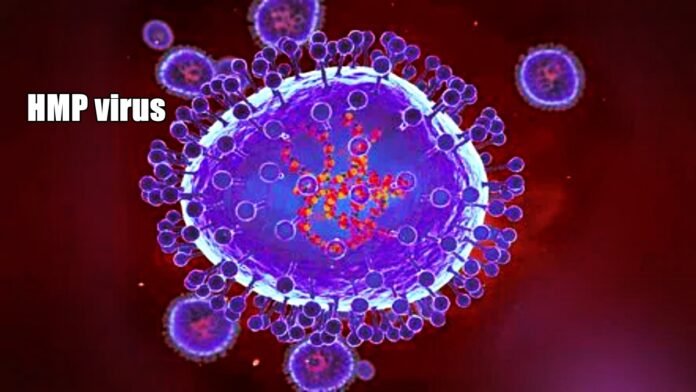
Key Points:
- Declining HMPV Cases: Human metapneumovirus (HMPV) infections in northern China are on the decline, according to health officials.
- Not a New Threat: HMPV, a flu-like virus, has been present for decades and is not comparable to COVID-19 in terms of risk.
- Rising Immunity: Most children are exposed to HMPV by age five, providing built-in immunity in many cases.
- Symptoms and Risks: The virus typically causes cold-like symptoms but can lead to severe respiratory issues in vulnerable populations.
- Hospital Reports Addressed: Reports of overcrowded hospitals are attributed to seasonal respiratory illnesses, with no shortage of medical resources.
- Preventive Measures Advised: Officials stress basic hygiene, mask-wearing, and avoiding crowds to reduce the risk of HMPV and other respiratory diseases.
Beijing: China’s health officials announced that the rate of human metapneumovirus (HMPV) infections is steadily declining in northern provinces, addressing public concerns over a potential pandemic. The announcement was made during a press briefing by the National Health Commission (NHC) amid viral images of crowded hospitals.
Wang Liping, a researcher at the Chinese Center for Disease Control and Prevention, stated that HMPV is not a new virus. First identified in the Netherlands in 2001, the virus belongs to the same family as the respiratory syncytial virus (RSV). Improved detection methods in recent years have contributed to a rise in reported cases.
“The virus has coexisted with humans for decades,” Wang said, emphasizing that it is not a novel pathogen. She added that the positivity rate among children under 14 is also decreasing.
What is HMPV?
HMPV causes flu-like symptoms, including fever, cough, and nasal congestion. While most cases resolve on their own, the virus can lead to severe respiratory tract infections, particularly in children, older adults, and immunocompromised individuals. Unlike COVID-19, there is no evidence of unusual outbreaks or pandemic potential.
Experts highlighted that most children are exposed to HMPV by the age of five, resulting in some level of immunity within the population.
Addressing Viral Concerns
Images of crowded hospitals and masked patients raised alarms on social media. However, Gao Xinqiang, deputy director of the Department of Medical Emergency Response, clarified that the rise in fever clinic visits is seasonal and in line with known respiratory illnesses. “There is no obvious shortage of medical resources,” Gao assured.
The World Health Organization (WHO) confirmed it has not received reports of unusual HMPV outbreaks in China or other countries.
Seasonal Trends and Projections
Health officials noted that the number of patients with flu-like symptoms across China is still lower compared to last year. They anticipate a gradual decline in infections by mid-to-late January.
“There are no new infectious diseases emerging,” said Wang, underscoring that all respiratory diseases currently circulating in China are caused by established pathogens.
Preventive Measures
As there are no vaccines or specific treatments for HMPV, experts recommend basic precautions:
- Wash hands frequently.
- Wear masks in crowded areas.
- Avoid crowded places when possible.
These measures are effective in reducing the risk of HMPV and other respiratory illnesses.
With HMPV cases declining and health resources adequately managed, experts dismiss the notion of a pandemic risk. Enhanced detection methods and seasonal factors explain the recent surge in cases, while preventive measures remain key to safeguarding public health.




















































